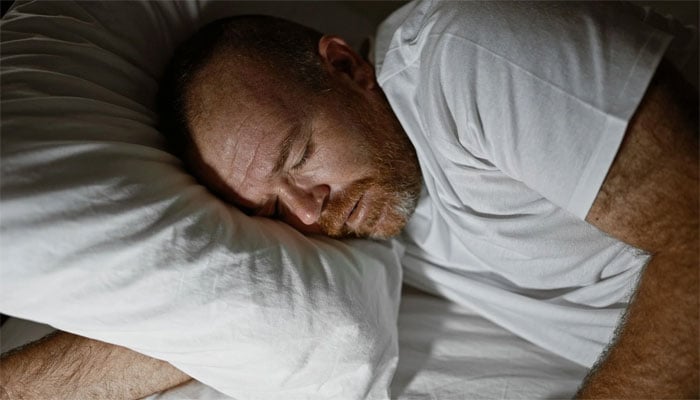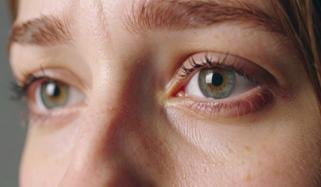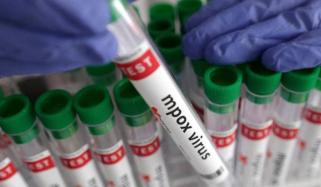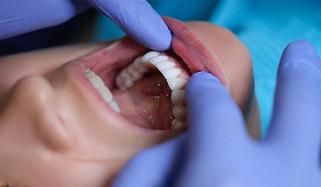
A recent cohort study discovered that exposure to light at night significantly increases risk, the top cause of death all across the globe, cardiovascular disease (CVD), in elderly individuals over the age of 50.
Daniel P. Windred, PhD, of Flinders Health and Medical Research Institute, South Australia stated, âAvoiding light at night may be a useful strategy for reducing CVD risk.â
For the study, researchers included 88,905 participants from the UK Biobank. They wore wrist light sensors for one week, capturing 13 million hours of light exposure, with follow-up for CVD outcomes through November 2022.
After adjusting for risk factorsâincluding getting quality sleep and its duration, exercises, diet, and genetics, people in the brightest night-light group showed increased risk for several cardiac events.
- Coronary artery disease: HR 1.32
- Myocardial infarction: HR 1.47
- Heart failure: HR 1.56
- Atrial fibrillation: HR 1.32
- Stroke: HR 1.28
Notably, younger people and women showed strong links for cardiac failure, atrial fibrillation (irregular heart rhythm), and coronary artery disease (CAD).
According to the scientists, disrupted circadian rhythms, possibly via suppressed melatonin, may underlie these effects.
MD, PhD, Jonathan Cedernaes, stated, âThis unprecedented work highlights the need to identify individuals at heightened risk, reduce unnecessary nighttime lighting, and optimize 24-hour light exposure.â
Family physicians, particularly for night-shift workers, can use these findings to modify their lifestyles to protect cardiovascular health.












